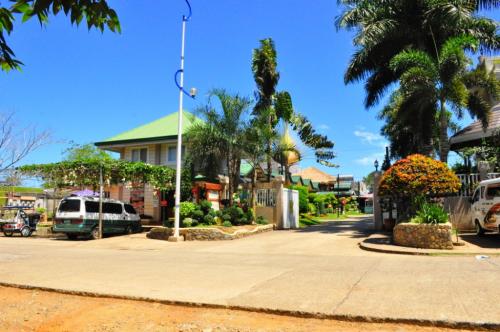It is a 1st class city in the Philippines.
Dagupan is an independent component city of the province of Pangasinan. According to the latest census, Dagupan City has a population of 149,554 people in 25,921 households. Located on Lingayen Gulf on the island of Luzon, Dagupan is the chief port and commercial and financial center of Northern Luzon; an active trade is conducted in sugarcane, corn, rice, copra, salt, and an alcoholic liquor produced from the nipa palm. The city is known as the bangus (milkfish) capital of the Philippines because of its abundance of fresh bangus. The city's name is derived from pandaragupan in the local Pangasinan language meaning 'gathering place' as the city has been a regional market center for centuries.
The longest barbecue measured 1,007.56 m (3,305.64 ft) —it was created by the people of Dagupan City on May 3, 2003 as part of the city’s Bangus Festival. Dagupan City broke Canchia, Peru's 613 meters long record set in November 1999. Dagupeños grilled Bonuan bangus at the "Kalutan ed Dagupan" street party.
The area that is now known as Dagupan was described as marshland thickly covered with mangrove and nipa palm trees. The natives lived along the shoreline and riverbanks of Calmay, Pantal, and Bonuan. But there were also communities in Malued, Lasip, Pogo, and Bacayao. The natives called the area Bacnotan which would later be incorporated into the encomienda of Lingayen that was established in 1583.
The foreign traders would come to the Lingayen coast to trade gold that was brought down to the area by tribesmen in the Cordillera Mountains. Aside from traders, Filipinos also had experience with pirates from Japan and China. One of the Chinese corsairs was Lim Feng (in Fukienese, Lim A-hong), who would be known in Philippine history as Limahong.
Source:
